- Home
- Symmetry Blog
- IoT Protocols vs IoT Standards
IoT Protocols vs IoT Standards
About Jari Haiston
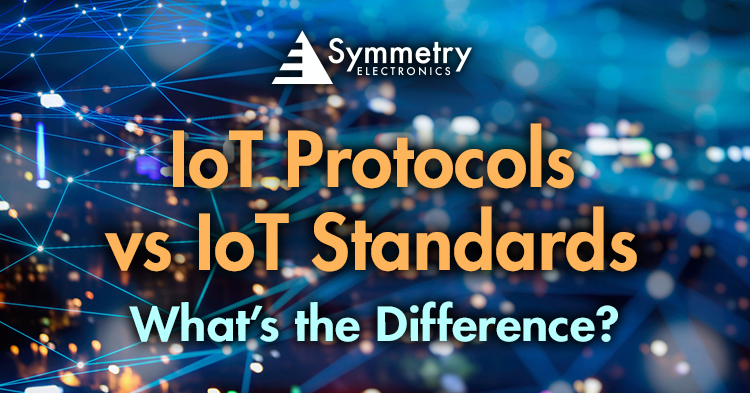
In the ever-expanding landscape of the Internet of Things (IoT), the terms "protocols" and "standards" are often used interchangeably. However, they refer to distinct concepts that play critical roles in the development and implementation of IoT solutions. Understanding the difference between IoT protocols and IoT standards is essential for building a seamless and interoperable connected world.
What is an IoT Protocol?
An IoT (Internet of Things) protocol refers to a set of rules and standards that enable devices and systems to communicate and exchange data within an IoT network. These protocols define the methods and formats for data transmission, device discovery, connectivity, and security in an IoT environment.
IoT protocols are designed to accommodate the unique requirements of IoT devices, which often have limited resources such as processing power, memory, and energy. They aim to provide efficient and reliable communication between devices, while minimizing bandwidth usage and power consumption.
5 Trending IoT Protocols in 2023
The Internet of Things (IoT) is rapidly growing, and with it comes a wide variety of protocols. These protocols define how devices communicate with each other, and they are essential for the development of successful IoT applications.
In 2023, there are four IoT protocols that are particularly trending:
1. MQTT
MQTT (Figure 1) stands for Message Queuing Telemetry Transport. MQTT is a lightweight protocol that is well-suited for devices with limited resources. It is often used for remote monitoring and control applications. MQTT is a publish/subscribe protocol, which means that devices can subscribe to topics and receive messages that are published to those topics. This makes it a very efficient protocol for IoT applications, as devices only need to receive the messages that are relevant to them.
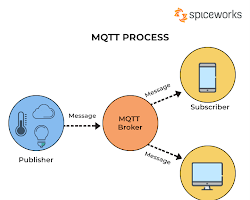
Figure 1: MQTT is an IoT protocol ideal for devices with limited resources.
Source: Spice Works
2. CoAP
CoAP (Figure 2) stands for Constrained Application Protocol. CoAP is a protocol that is designed to be more efficient than HTTP for IoT applications. It is often used for devices that are battery-powered or have limited bandwidth. CoAP is a request/response protocol, which means that devices send requests to other devices and receive responses. This makes it a more complex protocol than MQTT, but it can be more efficient in some cases.

Figure 2: CoAP is ideal for battery-powered devices or those with limited bandwidth.
Source: WallArm
3. AMQP
AMQP (Figure 3) stands for Advanced Message Queuing Protocol. AMQP is a more complex protocol that is designed for high-reliability applications. It is often used for financial trading and other mission-critical applications. AMQP is a message-oriented protocol, which means that devices send messages to other devices. This makes it a very flexible protocol, as devices can send messages to any other device that is connected to the network.
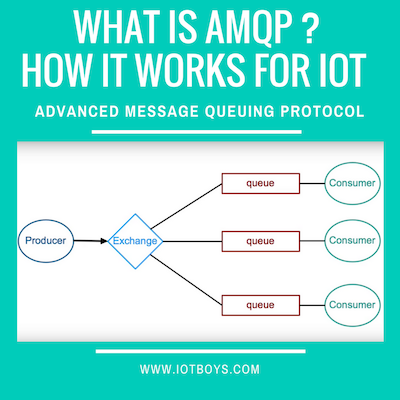
Figure 3: AMPQ is a flexible protocol that relies on messaging between devices.
Source: IoT Boys
4. LoRaWAN
LoRaWAN (Figure 4) is a low-power wide area networking protocol. It is a wireless communication protocol designed for long-range, low-power IoT applications. It operates in the sub-GHz ISM bands and provides wide area coverage while consuming minimal power. LoRaWAN is suitable for applications such as smart cities, agriculture, and asset tracking, where long-range connectivity and battery efficiency are crucial.
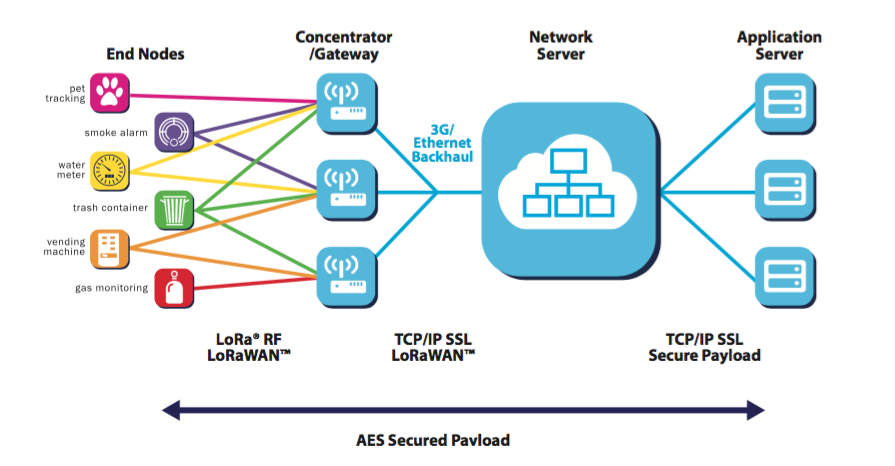
Figure 4: LoRaWAN is a low-power wide area networking protocol.
Source: 3G LTE Info
5. LWM2M
LWM2M (Figure 5) stands for Lightweight Machine-2-Machine. is a standard for machine-to-machine (M2M) communication. It defines a way for devices to connect to the internet and exchange data. LWM2M is a very flexible protocol, and it can be used for a wide variety of IoT applications.
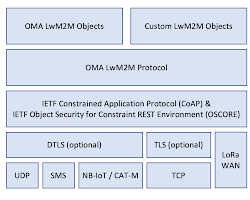
Figure 5: LWM2M defines a way for devices to connect to the internet and exchange data.
Source: Tech Radar
These are just a few of the many IoT protocols that are available. The best protocol for a particular application will depend on the specific requirements of that application. However, the four protocols listed above are all trending in 2023, and they are all worth considering for your IoT projects.
What is an IoT Standard?
IoT standards define the requirements for IoT devices and systems. They can cover a wide range of topics, such as security, interoperability, and data formats. IoT standards are developed and maintained by various organizations and consortia that specialize in setting technical guidelines, frameworks, and best practices for the Internet of Things. Some of the prominent organizations involved in the development of IoT standards include:
- International Electrotechnical Commission (IEC): The IEC is a global organization that develops and publishes international standards for electrical, electronic, and related technologies. They play a crucial role in shaping IoT standards related to areas such as communication protocols, security, and energy efficiency.
- Institute of Electrical and Electronics Engineers (IEEE): IEEE is a leading professional association that focuses on advancing technology in various fields, including IoT. They develop standards under the IEEE 802 family, which cover areas such as wireless communication, network protocols, and energy efficiency.
- Industrial Internet Consortium (IIC): The IIC is a consortium of industry leaders, academic institutions, and technology companies working together to accelerate the adoption of the Industrial Internet of Things (IIoT). They develop reference architectures, testbeds, and best practices to promote interoperability and security in industrial IoT deployments.
- Open Connectivity Foundation (OCF): The OCF is a consortium that aims to create a standard IoT connectivity framework to enable seamless interoperability across devices, platforms, and ecosystems. They develop specifications and certification programs for IoT devices and applications.
- Thread Group: The Thread Group is an industry alliance focused on developing the Thread networking protocol for IoT devices in the smart home and commercial sectors. They work on defining the technical specifications and certification programs for Thread-enabled products.
- Connectivity Standards Alliance: Formerly known as the the Zigbee Alliance is an organization that develops and promotes the Zigbee wireless communication standard, which is widely used in IoT applications such as home automation, smart energy, and lighting control.
It's important to note that IoT standards are often the result of collaborative efforts among various organizations, industry players, and experts. These organizations work together to establish common guidelines and specifications, ensuring interoperability, security, and scalability in the IoT ecosystem.
Interplay between IoT Protocols and IoT Standards
IoT protocols and IoT standards are closely intertwined but serve different purposes in the IoT ecosystem. Protocols dictate how data is transmitted and received, while standards define the broader framework for building interoperable and secure IoT solutions.
Standards often incorporate or recommend specific protocols as the preferred means of communication to ensure consistency and compatibility across different implementations. For instance, the IIC's Industrial Internet Reference Architecture (IIRA) promotes the use of MQTT as a communication protocol for connecting edge devices to the cloud. Similarly, the IEEE 802.15.4 standard specifies the physical and media access control layers for low-rate wireless personal area networks (LR-WPANs) and can be used with various higher-level protocols like Zigbee or 6LoWPAN.
The Importance of IoT Protocols and Standards:
IoT protocols are the tactical building blocks that facilitate data transfer between IoT devices, while IoT standards provide the strategic guidelines for developing interoperable and secure IoT solutions. Interoperability is crucial in the IoT landscape, where devices from different manufacturers and platforms need to seamlessly communicate with each other. IoT protocols and standards ensure that devices, networks, and applications can exchange data and work together efficiently, regardless of their origins. By adhering to common protocols and standards, IoT solutions can avoid compatibility issues, streamline integration, and foster collaboration between different stakeholders.
IoT systems are expected to grow exponentially in the coming years, with billions of devices connected worldwide. Protocols and standards play a vital role in enabling scalable IoT deployments. With standardized protocols, new devices and applications can be easily added to existing IoT networks, expanding the ecosystem without compromising functionality or security.
IoT security is a major concern, given the potential risks associated with interconnected devices. IoT standards provide guidelines for implementing robust security measures, including encryption, authentication, and access control. Protocols like MQTT-Security (MQTT-S) or Constrained Application Protocol Secure (CoAPs) implement these security features, ensuring the confidentiality, integrity, and availability of IoT data.
IoT protocols and standards foster innovation by enabling developers to build upon existing frameworks and leverage tested and proven communication methods. Standardized protocols also promote market growth by reducing development costs and increasing compatibility between different IoT solutions. As a result, organizations can focus on creating value-added services and applications rather than reinventing the underlying communication infrastructure.
In the rapidly evolving world of IoT, protocols and standards are fundamental elements that ensure seamless communication, interoperability, and security. IoT protocols define the rules for data transmission and exchange, while IoT standards provide the guidelines for developing interoperable and secure IoT solutions. By adhering to established protocols and standards, organizations can build scalable, secure, and innovative IoT ecosystems, bringing us closer to the vision of a fully connected world.
